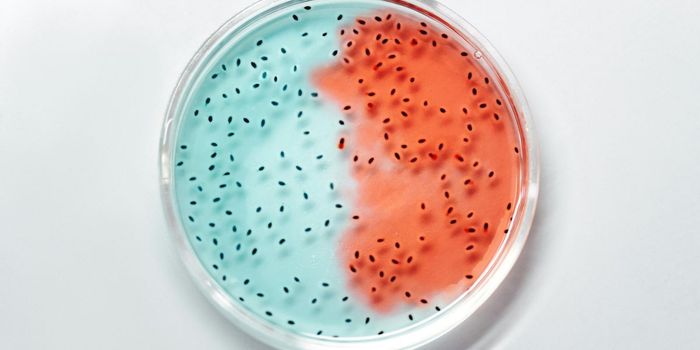COVID-19 Emerged at Wuhan Wet Market, Other Scenarios Unlikely
Since the start of the COVID-19 pandemic, researchers and scientists have searched for the origins of the virus. After it emerged in Wuhan, China in December 2019, a lot of scrutiny was placed on a viral research center located there, which has done many studies on bat viruses, including SARS-CoV. But the wet markets of the city, one in particular at the epicenter of the first cases, seemed to be a more plausible explanation. This is a scenario that has played out many times before, as viruses can easily evolve to impact new species. It's estimated that about 70 percent of pathogens that infect humans originally infected non-human species; they are zoonotic. Two new studies reported in Science have now shown that SARS-CoV-2 very likely originated in an animal host, and live, infected animals that were sold at the Huanan Seafood Wholesale Market in Wuhan, China were the probable source of the COVID-19 pandemic.
A variety of animals were sold at the Huanan market, including raccoon dogs, foxes, and other mammals that can be infected by the virus. Incredibly, one study showed that there seem to have been at least two different transmission events in that market in late November 2019. Alternative scenarios were considered by the research team, who found other origins to be implausible.
The researchers also analyzed swabs that had been taken of surfaces at the market, and sequences of SARS-CoV-2 genomes that were isolated from patients who were infected in Wuhan in the early weeks of the pandemic.
Researchers mapped the pattern of COVID-19 cases during December 2019. There were locations for almost every one of the 174 cases that were diagnosed that month; 155 of them were in Wuhan and they were all close to the market. Only later did cases start to emerge all over the city of Wuhan, which has 11 million residents. While most early patients lived in close proximity to the market, many did not work or shop there, and had no connection to it other than living nearby.
A co-author of both reports, virus evolution expert Michael Worobey of the University of Arizona, suggested that this indicates that market vendors got infected first, then set off a chain of transmission in the surrounding community.
Another discovery supported that conclusion. Cases that came later, in January and February 2020, showed the opposite pattern, said Worobey. At that later point, cases were clustering in areas with the highest population density in the city, where the virus was spreading among close groups of people.
"This tells us the virus was not circulating cryptically," Worobey added. "It really originated at that market and spread out from there."
Worobey also noted that health officials were not looking around the market in December 2019, trying to find infected people to fit a narrative. These cases were only identified because people were seeking help for their illnesses at the hospital.
The study authors also checked their findings by redoing the analysis with cases near the market removed, and the findings were the same.
"Even in that scenario, with the majority of cases removed, we found that the remaining ones lived closer to the market than what would be expected if there was no geographical correlation between these earliest COVID cases and the market," Worobey said.
Swab samples from the market also tested positive for SARS-CoV-2. The virus was found in areas where live wildlife stalls were located. Infected red foxes, raccoon dogs, and hog badgers probably preceeded the first human COVID-19 cases, said the researchers. Those animals were likely infected near the farms where they were raised or in the wild by a bat that carried coronavirus.
The second report was an analysis of SARS-CoV-2 genomes taken from early patients. Because two distinct lineages of SARS-CoV-2 were identified, the researchers suggested that there were two instances of human infections at the Huanan market, probably in November 2019 and possibly December 2019. Many other transmission events may have also occurred at that time, which did not result in cases of hospitalization, and were not recorded as COVID-19.
China has now banned the consumption and sale of wild animals for food.
Sources: University of Arizona, Worobey et al Science June 2022, Pekar et al Science June 2022









